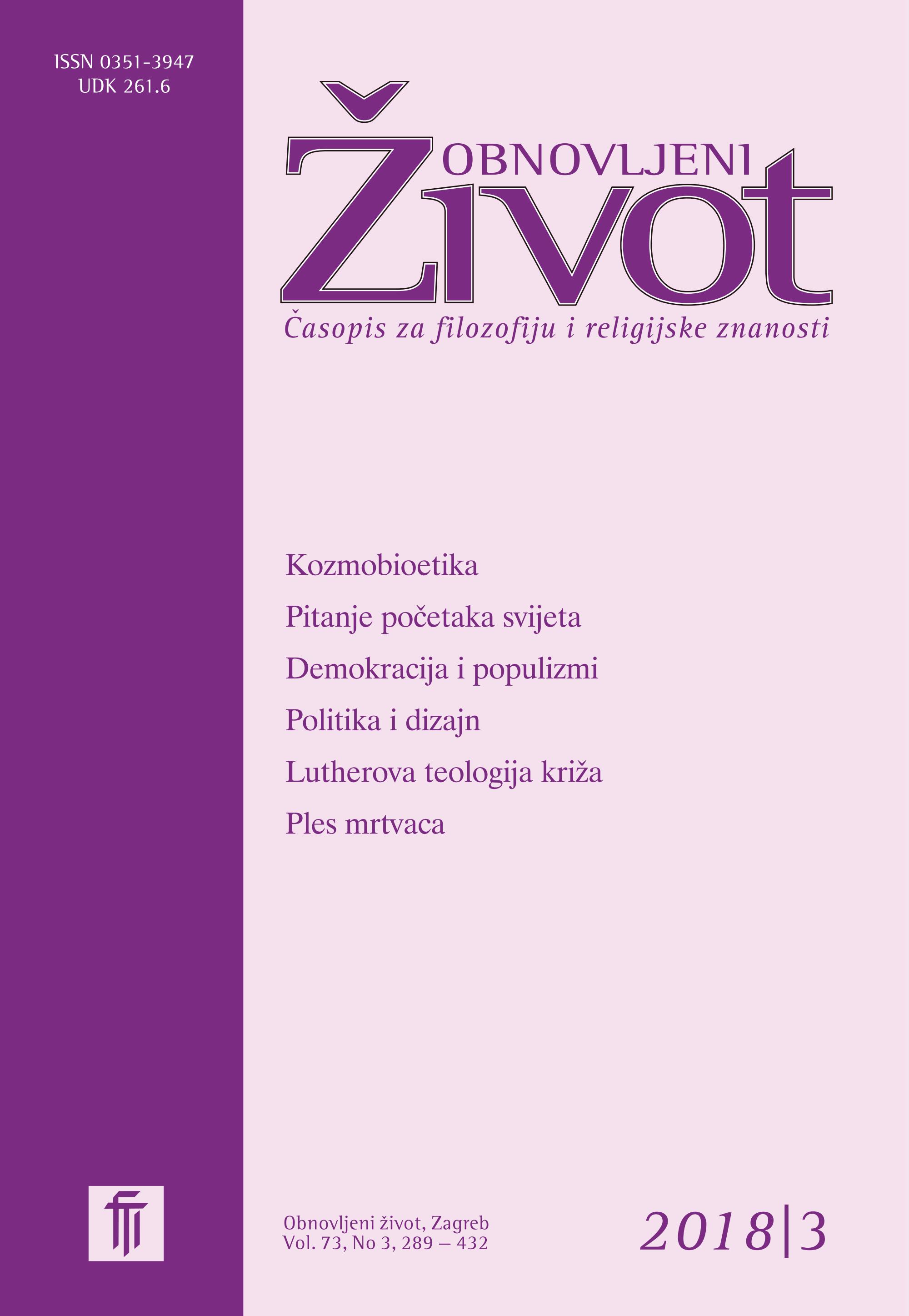The Danse Macabre of the Beram Frescoes in the Chapel of sv. Marija na Škrilinah
Keywords:
Middle Ages, Danse Macabre, Istria, BeramAbstract
The Danse Macabre as an iconographic theme appears in the Middle Ages across all of Europe carrying within it a message of the equality among people regardless of their station in life. Medieval artists used the various templates available to them: Biblia pauperum, Meditationes Vitae Christi, Legenda aurea, artistic templates, woodcuts, illuminated manuscripts, and the like. Scenes of the dying and death of ordinary people were not a theme of iconographic content prior to the Late Middle Ages, but rather begin to appear in the 14th century. There emerge at that time several categories of iconographic deaths. The Danse Macabre of the Beram frescoes (in the Chapel of sv. Marija na Škrilinah, 1474) contributes immeasurably to the artistic heritage of the Middle Ages as well as to Croatian cultural heritage.
Published
Issue
Section
License
Jednom prihvaćeni članak obvezuje autora da ga ne smije objaviti drugdje bez dozvole uredništva, a i tada samo uz bilješku da je objavljen prvi put u Obnovljenom životu. Uredništvo će obavijestiti autora o prihvaćanju ili neprihvaćanju članka za objavljivanje.
Članci objavljeni u časopisu se, uz prikladno navođenje izvora, smiju besplatno koristiti u obrazovne i druge nekomercijalne svrhe.


